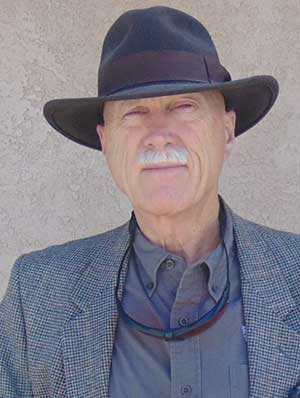By Dean Weingarten

Arizona – -(Ammoland.com)-
HB 786 is now headed to Mississippi Governor Phil Bryant. The bill passed the House on a final concurrence vote of 85 to 35. The Governor has five days to sign, veto, or allow the bill to become law. From state.ms.us:
Once a bill passes both chambers of the Mississippi Legislature it is sent to the governor for signature or veto. The governor has five days to either approve a bill by signing it into law, or to return it to the House of Representatives or the Senate with objections. If the governor does not take either action, the bill automatically becomes a law without the governor’s signature. The legislature can override a governor’s veto with two-thirds vote of both houses in favor of the bill’s passage.
That is five days from the time the Governor officially receives the bill. The legislative web site shows that the vote of the house occurred on 5 April; it does not show the bill as officially being sent to the Governor. Usually a bill is sent promptly; but I have seen several days elapse before a governor officially receives a bill. Once, in Wisconsin, it happened in 24 hours, the fastest that I have seen.
“Constitutional” carry is generally thought of as the state of law that existed when the Bill of Rights was ratified on December 15th, 1791. At the time, no permit was required to bear arms, openly or concealed.
Mississippi had already restored permitless carry if the firearm were fully enclosed in a case, bag, purse, briefcase, or other similar container. This bill includes holsters or sheaths. With that inclusion so little is left that it becomes nearly irrelevant. I suppose a gun simply tucked in a waistband, if covered with a shirt, would still be illegally concealed. Perhaps a gun in a pocket, without a pocket holster or sheath, would also be considered illegal.
All of the members of the “Constitutional” carry club have little exceptions and infringements around the edges, but not enough to matter. In Arizona, you may not carry a concealed weapon in a bar, unless you have a concealed carry permit. Other states have other small exceptions.
Below is the relevant part of HB 786 ( underlined words will be added to the existing law):
(24) No license shall be required under this section for a loaded or unloaded pistol or revolver carried upon the person in a sheath, belt holster or shoulder holster or carried in a purse, handbag, satchel, other similar bag or briefcase or fully enclosed case.
The law also provides for churches to have some of their members designated and trained to defend them. It grants the same immunities to church security officers that police officers and security guards have, when they are in the performance of their duties.
The law will make it illegal for state and local resources to be used to enforce federal executive orders or agency regulations that have not been approved by Congress, and which conflict with the State or Federal Constitutions.
If Governor Bryant signs the bill into law, Mississippi will join 9 other states that have effective permitless or “Constitutional” carry. Vermont has had permitless carry since before statehood, four months before the ratification of the Bill of Rights. Alaska restored permitless carry in 2003, then Arizona in 2010, Wyoming in 2011, Arkansas in 2014, Kansas and Maine in 2015, and West Virginia and Idaho so far in 2016. Mississippi will be the third state to restore permitless carry this year.
©2016 by Dean Weingarten: Permission to share is granted when this notice is included.
Link to Gun Watch
About Dean Weingarten;
Dean Weingarten has been a peace officer, a military officer, was on the University of Wisconsin Pistol Team for four years, and was first certified to teach firearms safety in 1973. He taught the Arizona concealed carry course for fifteen years until the goal of constitutional carry was attained. He has degrees in meteorology and mining engineering, and recently retired from the Department of Defense after a 30 year career in Army Research, Development, Testing, and Evaluation.
